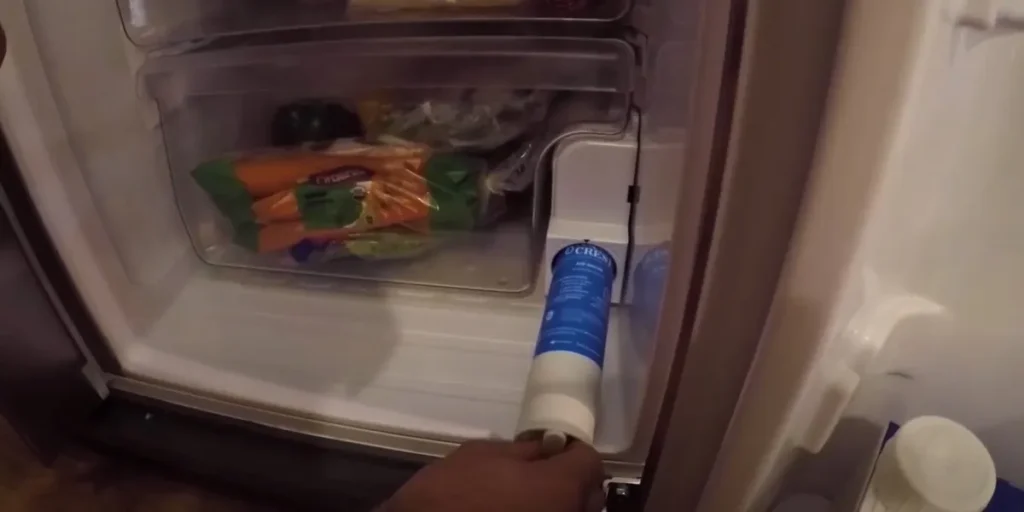Is your refrigerator water dispenser running slow after a filter change? Don’t worry, we’ve got you covered!
In this article, we’ll delve into the possible reasons behind this issue and provide you with valuable insights and solutions.
Discover why your water dispenser might be sluggish, how the filter replacement plays a role, and what steps you can take to troubleshoot the problem.
Say goodbye to slow water dispensing and enjoy refreshing water at its best!
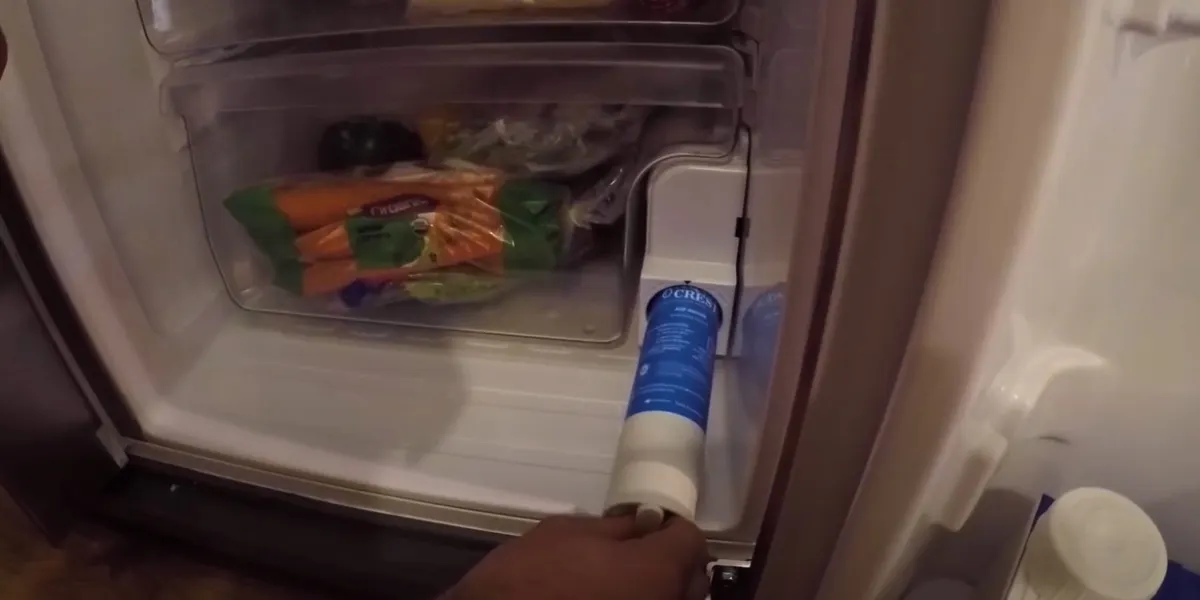
Why Is My Refrigerator Water Dispenser Slow After Filter Change?
After a filter change, a slow refrigerator water dispenser could be due to air trapped in the system, incorrect installation, or a clogged water line.
Properly bleed the air, ensure correct installation, and check for any blockages to resolve the issue.
Common Causes of Slow Water Dispensing After Filter Change

Some common causes of slow water dispensing after filter change are:
1. Airlock in the Water Line:
One common cause of slow water dispensing after replacing the filter is an airlock in the water line.
When you change the filter, air may get trapped in the system, inhibiting the water flow.
2. Clogged Water Filter:
Another possible cause of slow water dispensing is a clogged water filter. Over time, impurities can accumulate on the filter, obstructing the flow of water.
3. Low Water Pressure:
Low water pressure can also contribute to slow water dispensing after a filter change.
How to Troubleshoot a Slow Refrigerator Water Dispenser?
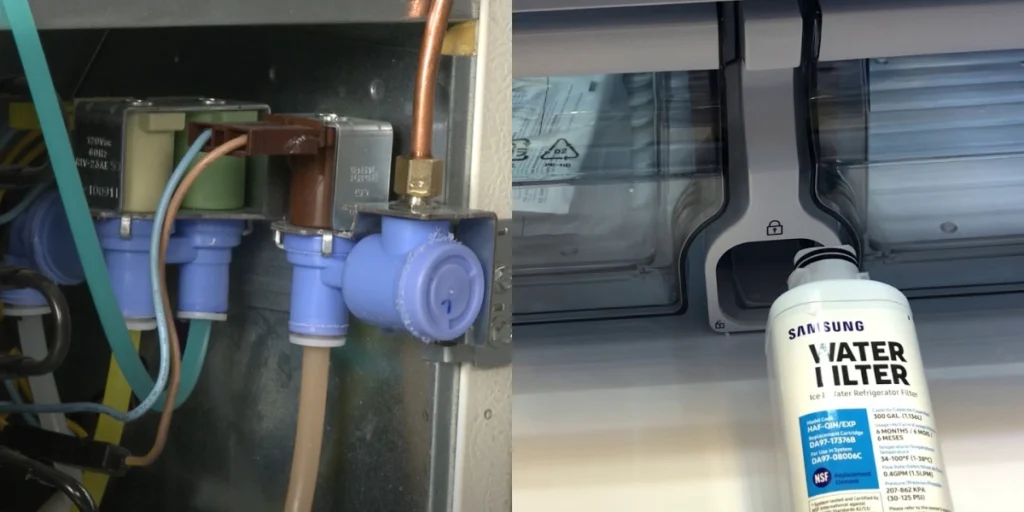
Now that you are aware of the potential causes, let’s dive into the troubleshooting steps to address a slow refrigerator water dispenser:
1. Check the water pressure:
Ensure that the water supply valve, located behind or beneath your refrigerator, is fully open. If it is partially closed, turn it counterclockwise to open it completely.
Test the water dispenser to see if the flow has improved. If not, move on to the next step.
2. Inspect and replace the water filter:
Locate the water filter in your refrigerator. Refer to the manufacturer’s instructions to determine its specific location and removal procedure.
Remove the filter and inspect it for any signs of clogging or debris buildup.
If the filter appears dirty or has been in use for an extended period, replace it with a new one. Install the new filter following the manufacturer’s guidelines.
3. Check for a frozen water line:
Inspect the water line leading to your refrigerator for any signs of freezing. Look for kinks, bends, or ice formations.
If you suspect a frozen water line, you can try defrosting it by turning off the refrigerator and allowing it to thaw naturally.
Alternatively, use a hairdryer on low heat to gently thaw the line. Once thawed, test the water dispenser to check if the flow has improved.
4. Contact a professional technician:
If none of the above steps resolve the slow water dispensing issue, it’s advisable to contact a professional refrigerator technician.
They can diagnose and address any underlying problems with the water supply system, water inlet valve, or other internal components that may require expert attention.
Maintenance Tips to Improve Refrigerator Water Dispenser Performance
By following these maintenance tips, you can significantly improve the performance of your refrigerator water dispenser.
Regular Cleaning:
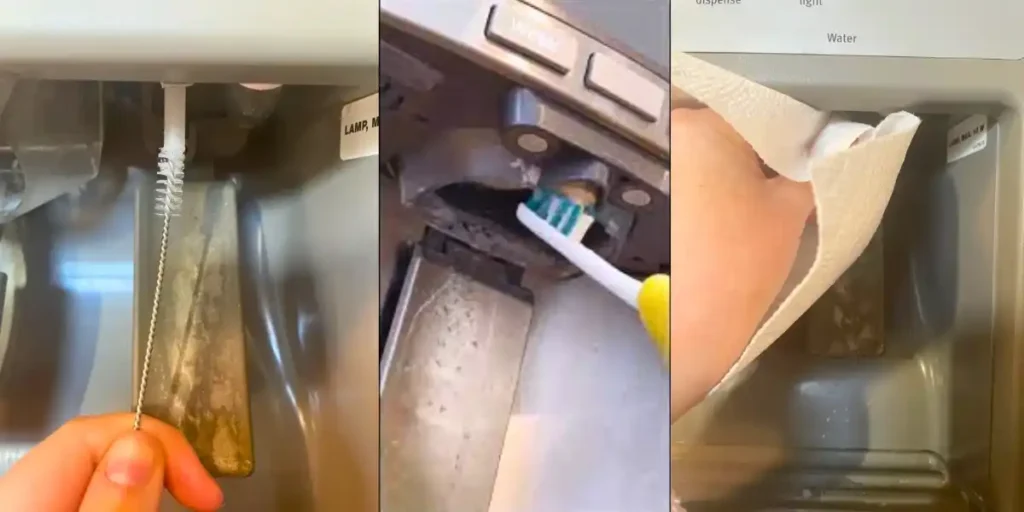
Cleaning your refrigerator’s water dispenser is an important maintenance step to enhance its performance.
Over time, mineral deposits and residue can accumulate, affecting water flow.
Follow these steps for regular cleaning:
1. Prepare a cleaning solution:
Mix equal parts of warm water and vinegar in a bowl or container. Vinegar helps to dissolve mineral deposits and sanitize the dispenser.
2. Remove the dispenser components:
Depending on your refrigerator model, you may need to remove the drip tray, grille, or other removable parts. Refer to your refrigerator’s manual for specific instructions.
3. Soak the removable parts:
Place the removable components in the cleaning solution and let them soak for about 15-20 minutes. This will help loosen any stubborn residue.
4. Scrub and rinse:
Using a soft brush or sponge, scrub the soaked components to remove any remaining residue.
Rinse them thoroughly under running water to remove all traces of the cleaning solution.
5. Wipe the dispenser area:
Use a clean cloth or sponge soaked in the cleaning solution to wipe the inside of the dispenser area, including the nozzle and surrounding surfaces.
Pay attention to any visible buildup and ensure thorough cleaning.
6. Reassemble the components:
Once the parts are clean and dry, reassemble them carefully, following the manufacturer’s instructions. Make sure they fit securely and are properly aligned.
Filter Replacement:
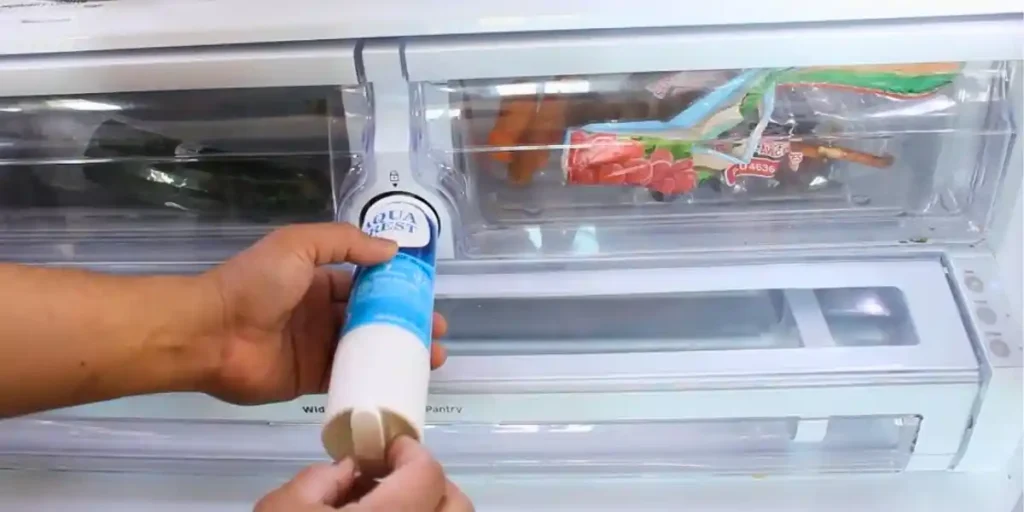
Regularly replacing the water filter is crucial for maintaining optimal water dispenser performance.
Filters can become clogged over time, hindering water flow. Follow these steps for filter replacement:
1. Identify the filter location:
Consult your refrigerator’s manual or manufacturer’s instructions to locate the water filter. It is typically found either inside the refrigerator or at the bottom front grille.
2. Remove the old filter:
Depending on your refrigerator model, you may need to twist, unlock, or unscrew the filter. Follow the instructions to remove the old filter carefully.
3. Install the new filter:
Insert the new filter into the filter housing, ensuring a secure fit. Follow the manufacturer’s guidelines for proper installation.
Note any indicators or dates provided to help you remember when the next filter replacement is due.
4. Flush the filter:
Run water through the dispenser for a few minutes to flush out any air or carbon residue that may be present in the new filter.
This step helps ensure clean and fresh-tasting water.
Temperature Regulation:
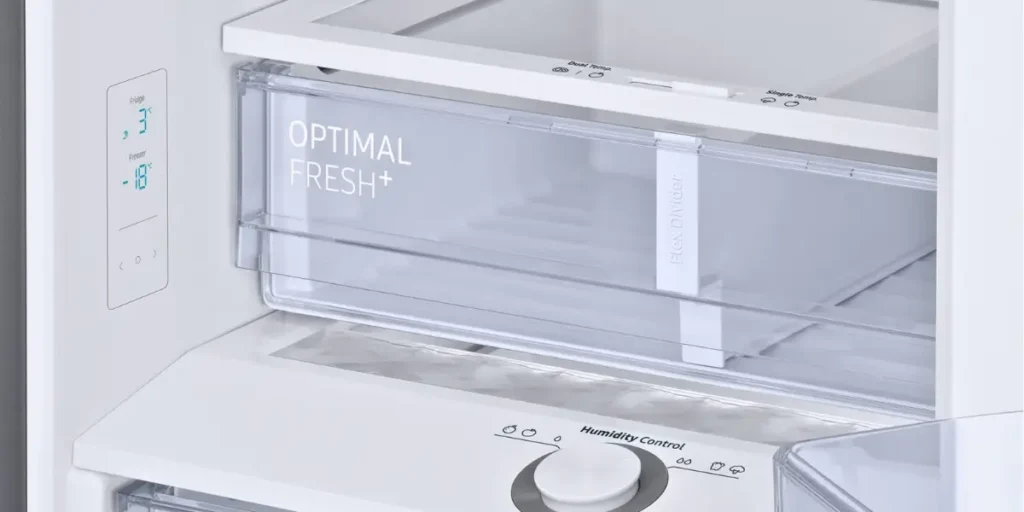
Maintaining the appropriate temperature settings for your refrigerator can also impact water dispenser performance.
Extreme temperatures can lead to frozen water lines or inconsistent water flow. Follow these steps to regulate temperature:
1. Check temperature settings:
Consult your refrigerator’s manual to determine the recommended temperature settings. Adjust the settings as necessary to maintain optimal conditions.
2. Avoid extreme temperature changes:
Avoid placing hot or warm items directly into the refrigerator, as this can cause temperature fluctuations. Allow hot items to cool before storing them.
3. Ensure proper airflow:
Arrange food items in the refrigerator to allow for proper airflow.
Blocked vents or overcrowding can impact temperature distribution and affect water dispenser performance.
FAQs
1. What Should I Do If My Water Filter Is Clogged?
Remove the filter, inspect it for any signs of clogging, and replace it with a new one if necessary.
2. What Could Be Causing Low Water Pressure In My Refrigerator Water Dispenser?
Low water pressure can be caused by a partially closed water supply valve or issues with your home’s plumbing system.
3. How Can I Check For A Frozen Water Line In My Refrigerator?
Inspect the water line for ice formations or visible frost. Thawing the line can help restore water flow.
4. How Often Should I Clean The Refrigerator Water Dispenser?
It is recommended to clean the dispenser every 2-3 months to remove mineral deposits and maintain optimal performance.
5. How Frequently Should I Replace The Water Filter In My Refrigerator?
Most filters should be replaced every 6 months or as recommended by the manufacturer to ensure efficient water flow and filtration.
Conclusion
Don’t let a slow refrigerator water dispenser dampen your hydration routine. By addressing common issues like airlocks, clogged filters, and low water pressure after a filter change, you can restore optimal performance.
Regular maintenance, including cleaning and timely filter replacements, will ensure a refreshing flow of water, keeping you hydrated and satisfied.
Stay cool and enjoy the convenience of a smoothly operating water dispenser.

